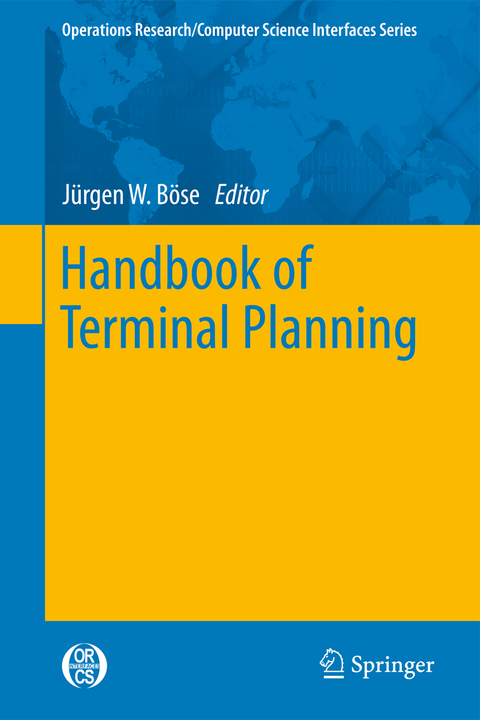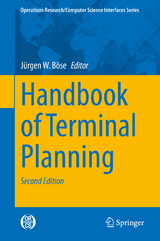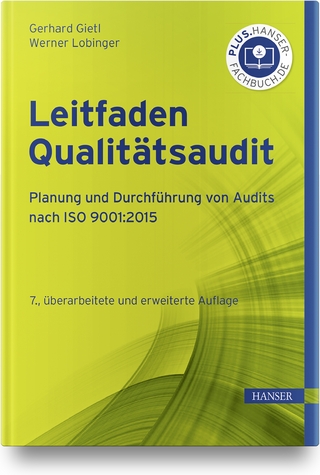
Handbook of Terminal Planning
Springer-Verlag New York Inc.
978-1-4614-2821-3 (ISBN)
- Titel erscheint in neuer Auflage
- Artikel merken
Container Terminals (CT) operate as central nodes in worldwide hub-and-spoke networks and link ocean-going vessels with smaller feeder vessels as well as with inbound and outbound hinterland transportation systems using road, rail, or inland waterways. The volume of transcontinental container flows has gained appreciably over the last five decades -- throughput figures of CT reached new records, frequently with double-digit annual growth rates. Stimulated by throughput requirements and stronger competition between terminals settled in the same region or serving a similar hinterland, respectively, cost efficiency and throughput capabilities become more and more important. Nowadays, both terminal capacity and costs have to be regarded as key indicators for CT competitiveness. In respect of this steady growth, this handbook focuses on planning activities being aimed at “order of magnitude improvements” in terminal performance and economic viability. On the one hand the book is intended to provide readership with technological and organizational CT basics for strategic planning. On the other hand this book offers methodical assistance for fundamental dimensioning of CT in terms of 'technique', 'organization' or 'man'. The former primarily considers comprehensive information about container handling technologies representing the state of the art for present terminal operations, while the latter refers to methodological support comprising in particular quantitative solutions and modeling techniques for strategic terminal decisions as well as straightforward design guidelines. The handbook includes an introductory contribution which gives an overview of strategic planning problems at CT and introduces the contributions of the volume with regard to their relationship in this field. Moreover, each paper contains a section or paragraph that describes the impact of findings investigated by the author(s) for problem-solving in long-term planning of CT (as anapplication domain). The handbook intends to provide solutions and insights that are valuable for both practitioners in industry who need effective planning approaches to overcome problems and weaknesses in terminal design/development and researchers who would like to inform themselves about the state of the art in methodology of strategic terminal planning or be inspired by new ideas. That is to say, the handbook is addressed to terminal planners in practice as well as to students of maritime courses of study and (application oriented) researchers in the maritime field.
General Considerations on Container Terminal Planning.- Operating Systems of Container Terminals: A Compendious Overview.- Automated Shuttle Carrier® Concept.- Sustainable Container Terminals: A Design Approach.- Modeling Techniques in Planning of Terminals: The Quantitiative Approach.- Modeling Techniques in Planning of Terminals: The Quantitiative Approach.- Simulation Technology in Planning, Implementation and Operations of Container Terminals.- Step by Step Towards the Goal.- Simulation of Container Ship Arrivals and Quay Occupation.- A Technique to Determine the Right Crane Capacity for a Continuous Quay.- Planning Approach for Dimensioning of Automated Traffic Areas at Seaport Container Terminals.- Cost and Performance Evaluation Impacts of Container Vessels on Seaport Container Terminals.- Planning Container Terminal Layouts Considering Equipment Types and Storage Block Design.- Container Rehandling at Maritime Container Terminals.- RMG Crane Scheduling and Stacking.- Opportunities to Exploit Capacity Reserves of the Hinterland Connection to Road Transport.- Improving Efficiency of Drayage Operations at Seaport Container Terminals Through the Use of an Appointment System.- The Contribution of the Dry Port Concept to the Extension of Port Life Cylces.- Data Flow Across the Maritime Value Chain.- Specialized Planning Issues.- Importance of Hinterland Transport Networks for Operational Efficiency in Seaport Container Terminals.
| Reihe/Serie | Operations Research /Computer Science Interfaces Series ; 49 |
|---|---|
| Zusatzinfo | XXIII, 433 p. |
| Verlagsort | New York, NY |
| Sprache | englisch |
| Maße | 155 x 235 mm |
| Themenwelt | Mathematik / Informatik ► Mathematik |
| Technik | |
| Wirtschaft ► Allgemeines / Lexika | |
| Wirtschaft ► Betriebswirtschaft / Management ► Logistik / Produktion | |
| ISBN-10 | 1-4614-2821-1 / 1461428211 |
| ISBN-13 | 978-1-4614-2821-3 / 9781461428213 |
| Zustand | Neuware |
| Informationen gemäß Produktsicherheitsverordnung (GPSR) | |
| Haben Sie eine Frage zum Produkt? |
aus dem Bereich



